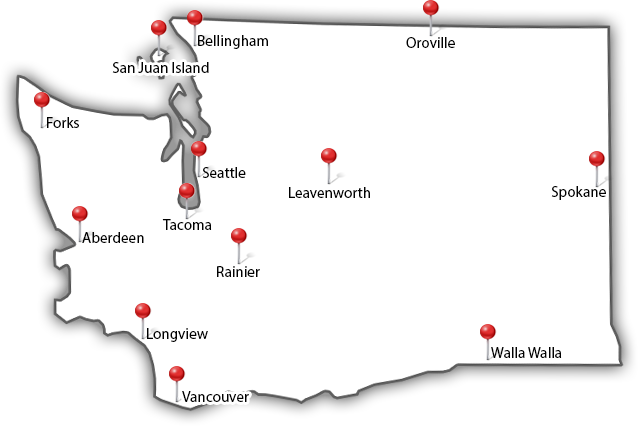What Is Tree Grafting?
Tree grafting is kind of the tree equivalent of an organ transplant. It’s attaching a small, budding branch (called the “cultivar”) from one healthy tree onto the trunk (technically the “stock” or “rootstock”) of a different tree. Tree grafting usually happens in winter while the tree is dormant. That way it has time to heal and absorb its new branch.

Sometimes tree grafting is as simple as one branch replacing another. But sometimes a cultivar is added in addition to existing branches. Sometimes two small branches are attached to an existing one. In that case, the branch that thrives stays, and the other one is removed. Below I’ll talk about why arborists graft trees and a few different techniques.
How Are Branches Grafted?
Tree grafting involves making strategic cuts. You can do it a few different ways. Here’s a quick overview of four grafting techniques:
Bud grafting: This involves making a T-shaped cut in the bark of one tree, peeling back the bark a little bit, and putting the cultivar inside. Then you tape or tie the new piece in place and wait for it to heal.
Whip grafting: This method attaches two branches that are the same size to form a single branch. You cut them both at the same angle with a little groove, so they fit together exactly. Then you wrap grafting tape or something similar around the attached area to secure it.
Bark inlay grafting: If the branch is too big for whip grafting, bark grafting is appropriate. In this technique, you cut off a branch and make two or three small notches in it. Then you attach two or three smaller branches in those notches. You nail the cultivars in place and use something like grafting wax to seal everything.
Veneer grafting: With veneer grafting, you cut a small flap in the rootstock, so it creates almost like a tiny pocket. Then you insert the cultivar in the flap after cutting it off at an angle. Once again, you wrap the new branch in place with grafting tape or something else.
Why Graft Trees?
There are numerous reasons for tree grafting. First of all, it saves time. It can take 5-10 years for a fruit tree to bear fruit. Meanwhile, you just want to make an apple pie or some pear preserves, right? So you graft the branch of a fruit tree onto the stock of a different tree. In a couple short years, you get fruit!
Sometimes tree grafting is purely aesthetic. One artist in New York City is trying to grow a tree with 40 different kinds of fruit. His initial goal was just to make a colorful tree, but then he realized how little fruit diversity there is in the U.S. As he told NPR: “[The project] really became about preserving some of these antique and heirloom varieties.”
Arborists also graft trees if the desired tree is not very hardy or not a perfect fit for the climate. They may start with a hardy tree and then graft on a more sensitive tree or one with poor roots. Or if one type of tree is vulnerable to a disease in the soil, you can graft it onto a less vulnerable, stronger tree.

Get Advice on Tree Grafting
Wondering if tree grafting is possible with your fruit trees? We’d be happy to come take a look and give you some free advice. Get in touch with the certified arborists at Northwest Arbor-Culture, Inc. today!
blog comments powered by Disqus













